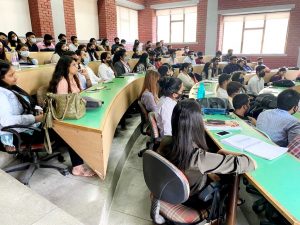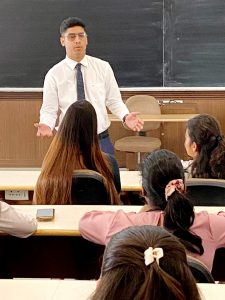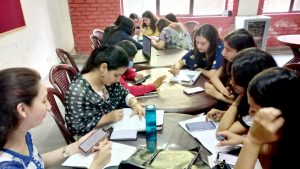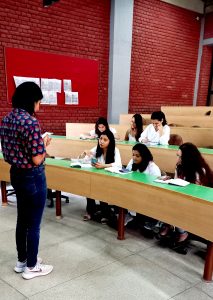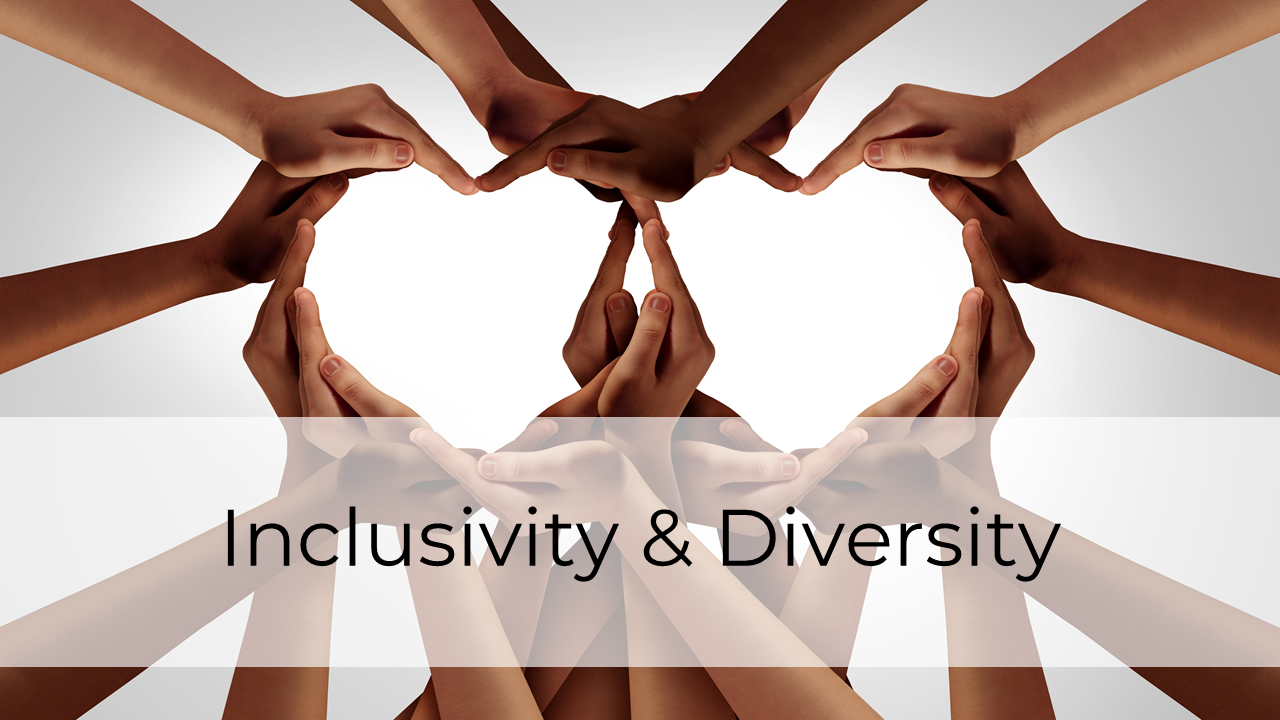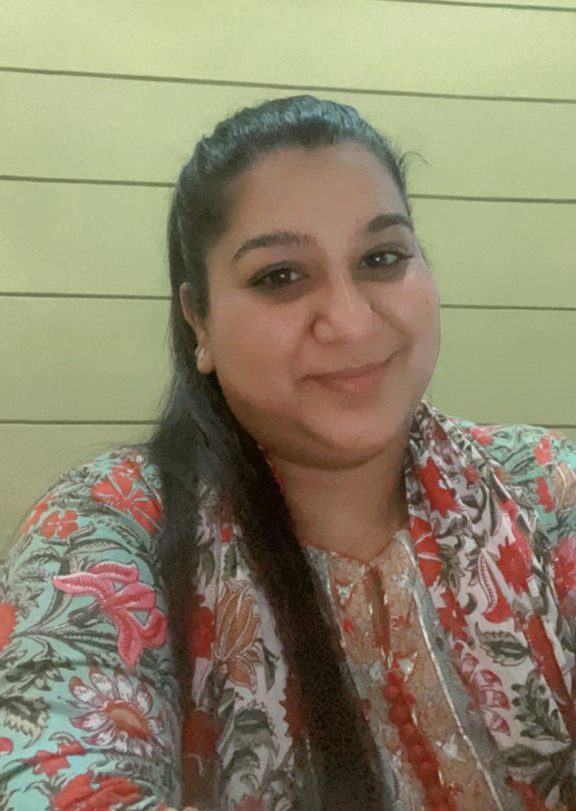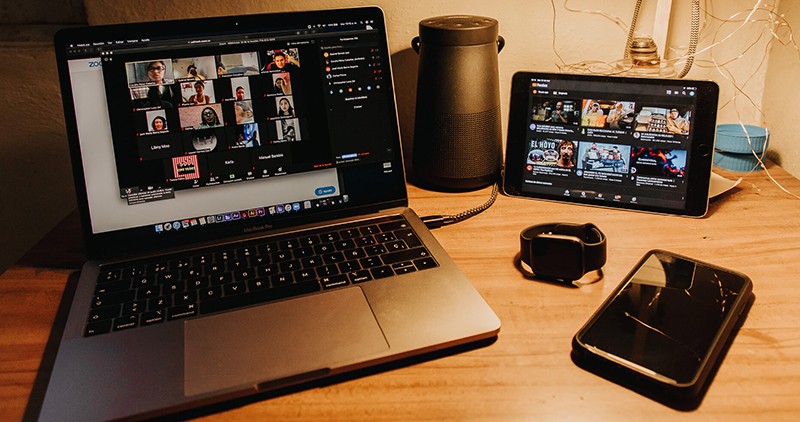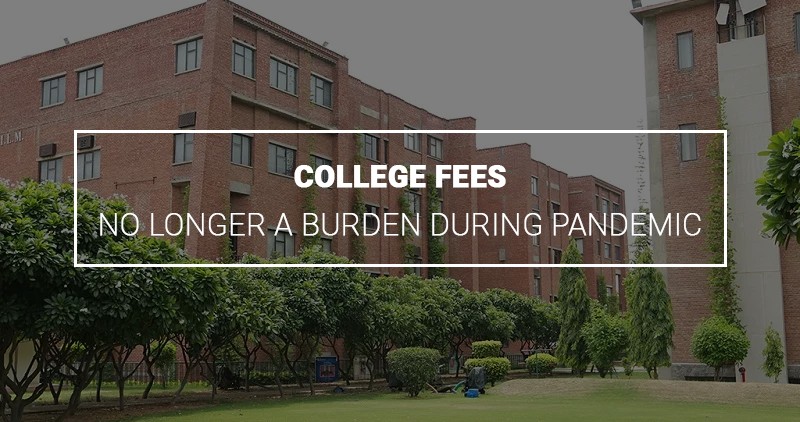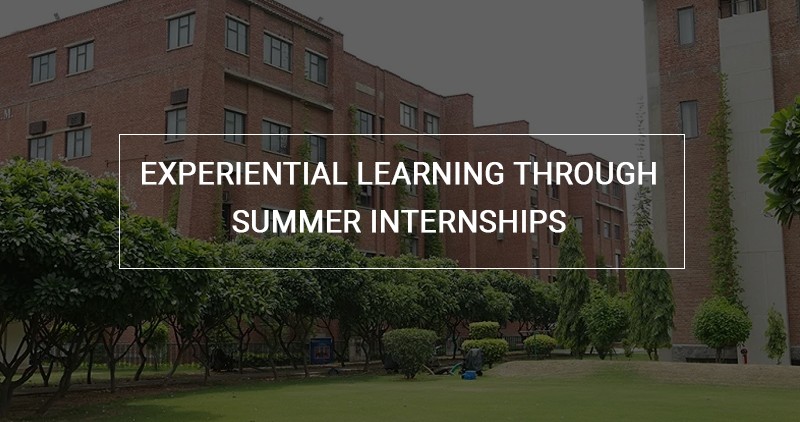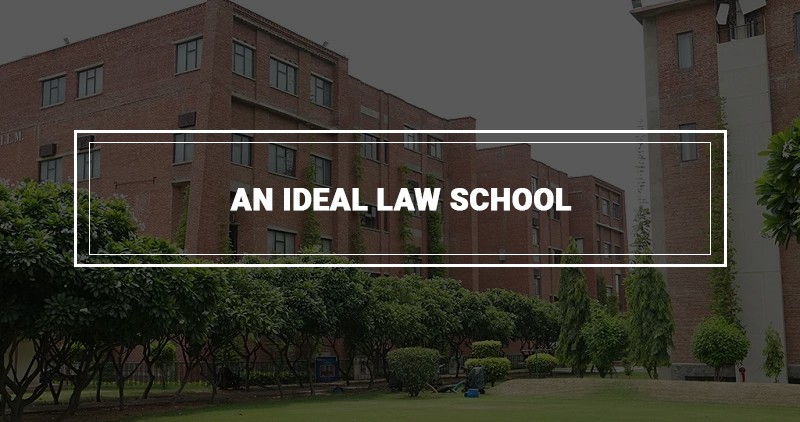The current scenario we are in, change has become the only constant. Designers have always been known as early adaptors and change makers. The sudden paradigm shift in the way lifestyle, health and economic scenarios are building, designers require to evaluate the current health situation is bringing to light problems, changes and opportunities for the industries that make us wonder what is truly important and what is needed to readjust to the new normal. The need to have more designers in the industry to bring out the change has made many educational institutions put more emphasis on design integrated thinking. Management uses fields of design with tools like critical & design thinking, whereas technology is ready to embed and explore design experiences which incorporate the new normal.
Today’s ‘New Normal’ reality is set in motion by the age of global consumption, data mapping and artificial intelligence. As a result, designers needed with updated toolkits to respond to these new conditions. IILM University sees education as a responsibility to equip students with set of tools to understand the contemporary condition and allow for the emergence of new types of multidisciplinary design practices. Speculative design understanding is not supplemental to the serious work of remaking the society, but essential to its responsibilities in a moment of change and uncertainty.
The impact on global wellness and the economy has forced organizations in every industry to flex and evolve, both in real-time and in the long-term. The curriculum we design is a collection of ideas, thoughts, and strategies, to explore how design can play a role in making the world a healthier place, a successful and forward looking careers that are purposeful and immune to the changing world.
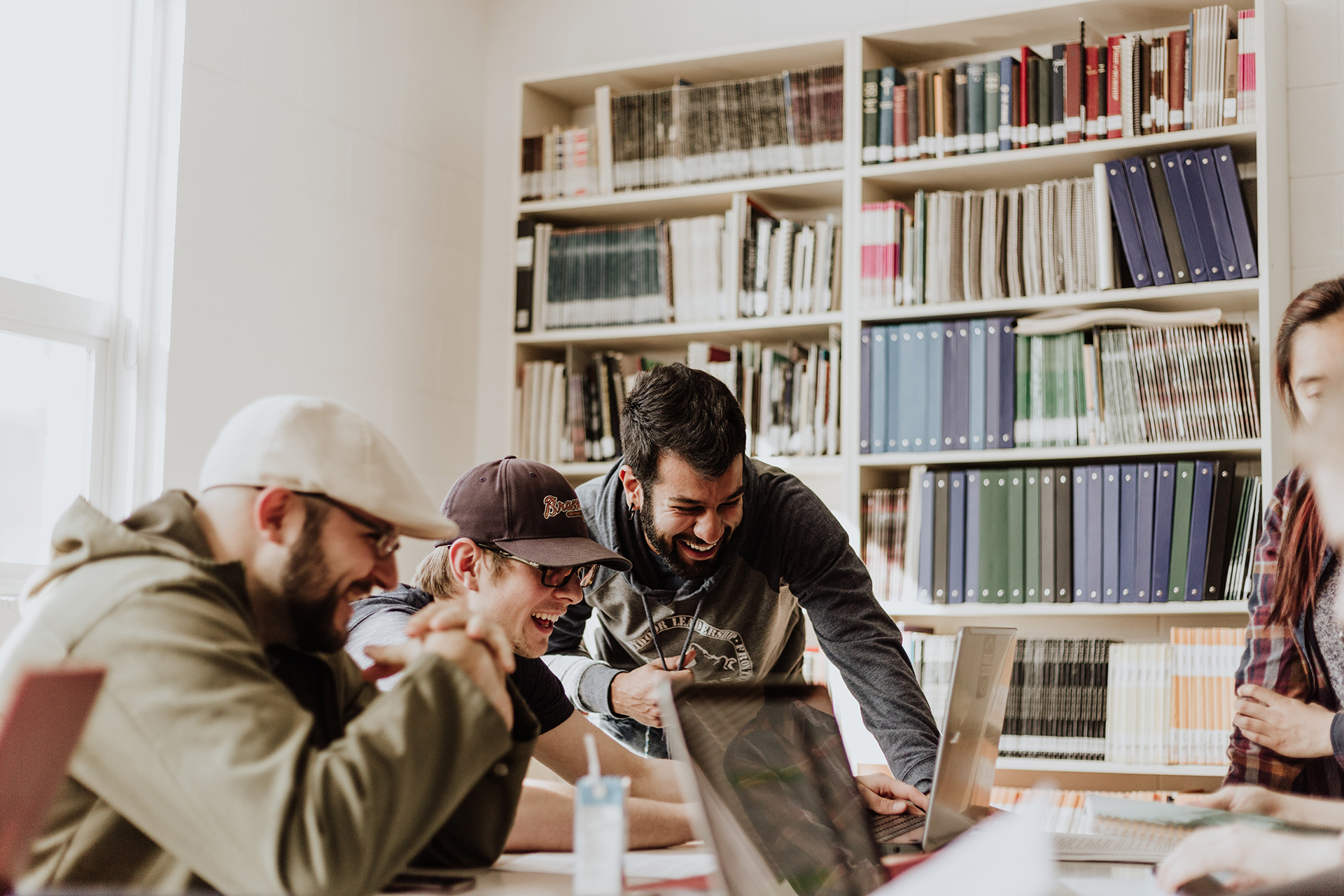
Image Credit: Photo by Priscilla Du Preez on Unsplash
Let’s talk about how design education can build an optimistic & equitable Future.
Crisis give birth to creative problem solving. Education has reacted in real-time to the pandemic, addressing tactical challenges of shifting entire campuses online overnight, with innovation and sonic speed. In the process, however, systemic challenges and disparities have been exacerbated. By its nature, learning from home depends on access to technology and Wi-Fi, but on home environment, family situations, and emotional stability for learning.
Keeping in view, Design education at IILM focus on creating learning spaces, whether physical or virtual, that empower every student & faculty equally to create new ventures to exchange the power of knowledge and know-how. National Education Policy is navigating the strategy of varying degrees, exit points developing an infinite number of scenarios that students can design through, resources, socio-economic landscape, infrastructure, and purpose.
How can we take what we have learned during this time to impart positive change on our future to ultimately shape healthier, wiser, and more equitable communities?
Pandemic is not a change agent, but an accelerant for addressing some fundamental issues for education.
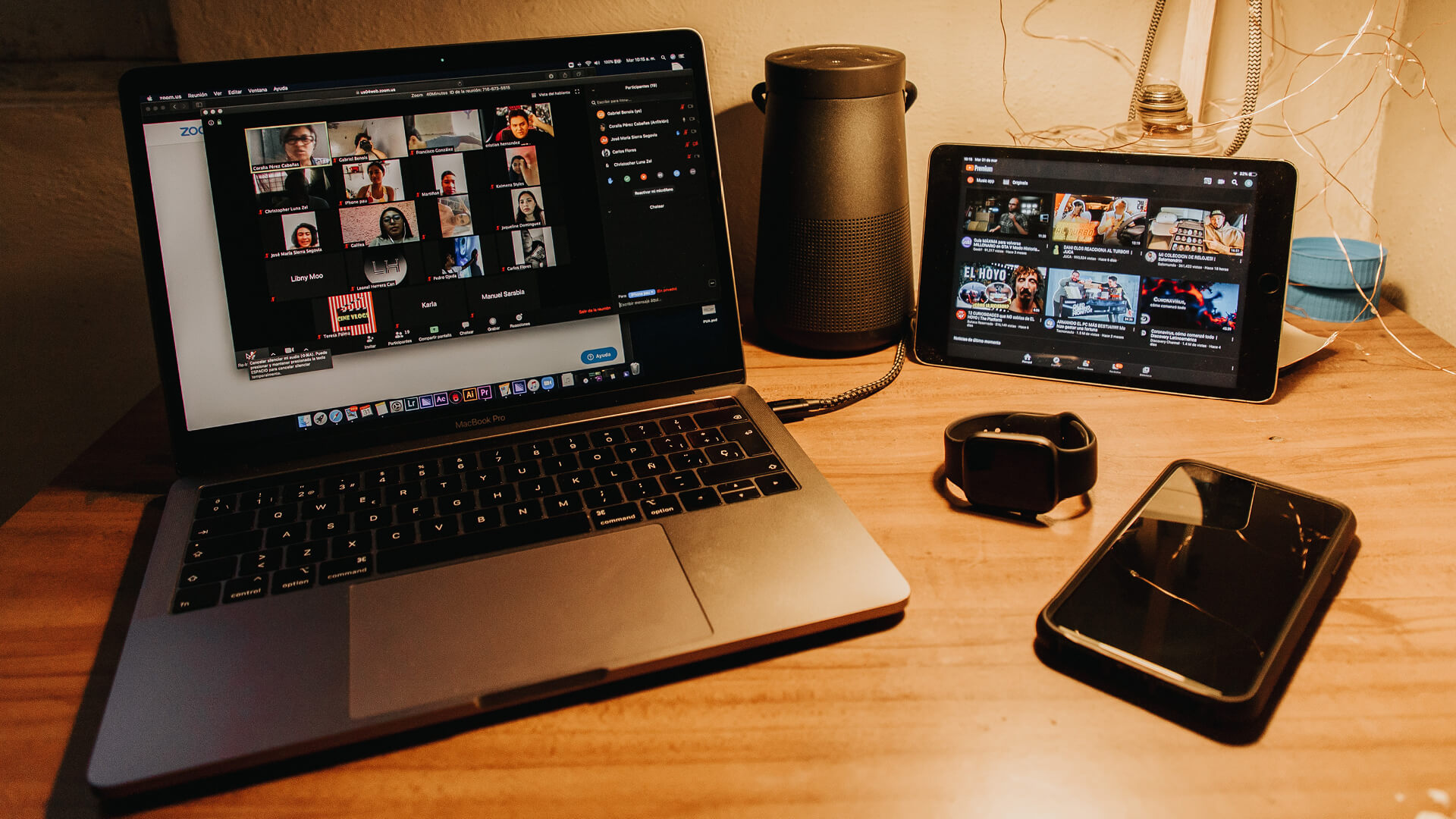
Image: Photo by Gaberiel Benois on Unsplash
A vision for a adaptable & equitable future
The core to the future of learning is learner-centred design, which implies a major repositioning of the learner, the role of the educator, and the environments we design.
Blended Learning is the key
We have been slow at adoption of alternative technologies and pedagogies as human resistance to change. The immediate shift to virtual learning that schools and universities across the world had to make, nearly overnight, has granted us an enlightened perspective. Educational Institutions need to find new ways to address the needs of every student. The demand for more engaged learning will accelerate new digital platforms, better equipping students to craft their own learning map and future.
Our each program combines hybrid and remote instruction using real world and social emotional learning. The program combines hybrid learning, real world learning, and social-emotional learning to “learning with a purpose.”
Gensler reports that Scott Galloway predicts that online learning and digital platforms will only continue to expand as universities navigate the indirect financial impacts of the pandemic. A focus on the student experience will double-down on the interplay between virtual and physical space. But it’s also critical to address inequities in remote learning, such as disparate access to technology, in order to ensure that digital and physical classroom environments are accessible for all learners.
Learning with a purpose, community & place development
During this pandemic big question has raised on online learning, called into question the need for a physical campus and generated much speculation as to whether the campus would cease to exist. While transitioning to virtual learning has proven successful for some students and for some types of course material, hands-on learning, soft skills, and connection to classmates and course material have been more difficult to translate to learning online. Many schools and institutions saw the pandemic actually elevate the importance of human interaction, further underscoring place and community as a core value proposition.
Essential to campus experience, the value-add of space and community will evolve in near future. Just as creative environments will employ hybrid solutions for learning, so will student life, dining, housing, and recreation as they seek to engender culture and community. The campus here derives student experience increasingly combining digital platforms with physical space, also reprioritize on-campus activities for “highest and best” use of social and interactive space.
Encourage interdisciplinary approaches.
For nearly a decade, culture of innovation has held its place of importance — both inside and outside of the classroom. This urgency to transcend silos has changed the way departments solve problems both academically and administratively, and the pandemic has only heightened that trajectory.
Now campus assembles core planning teams, championed by senior leadership, that cut across disciplines to produce comprehensive solutions for immediate and near-term plans. The ability to solve challenges that have emerged from the pandemic will foster a lasting interdisciplinary mindset.
Our Campus develops enhanced infrastructures of technology and services Additionally, new career paths continue to emerge out of this need to collaborate in uncharted ways. To support the integrated thinking process and spur intrinsically-driven motivation in students, the spaces we design continue to provide a level of diversity, multimodality, and flexibility.
Turning campus into synergy spaces to build new processes
Connections made beyond the campus through partnerships with local business, government, and community makes learning resonant. With the pandemic, such connections are identified as essential for operations survival. As public and civic entities form new alliances between industry, technology, and education as a way of plotting the course to reopening, imagine what could happen if these alliances stayed together to solve problems going forward.
